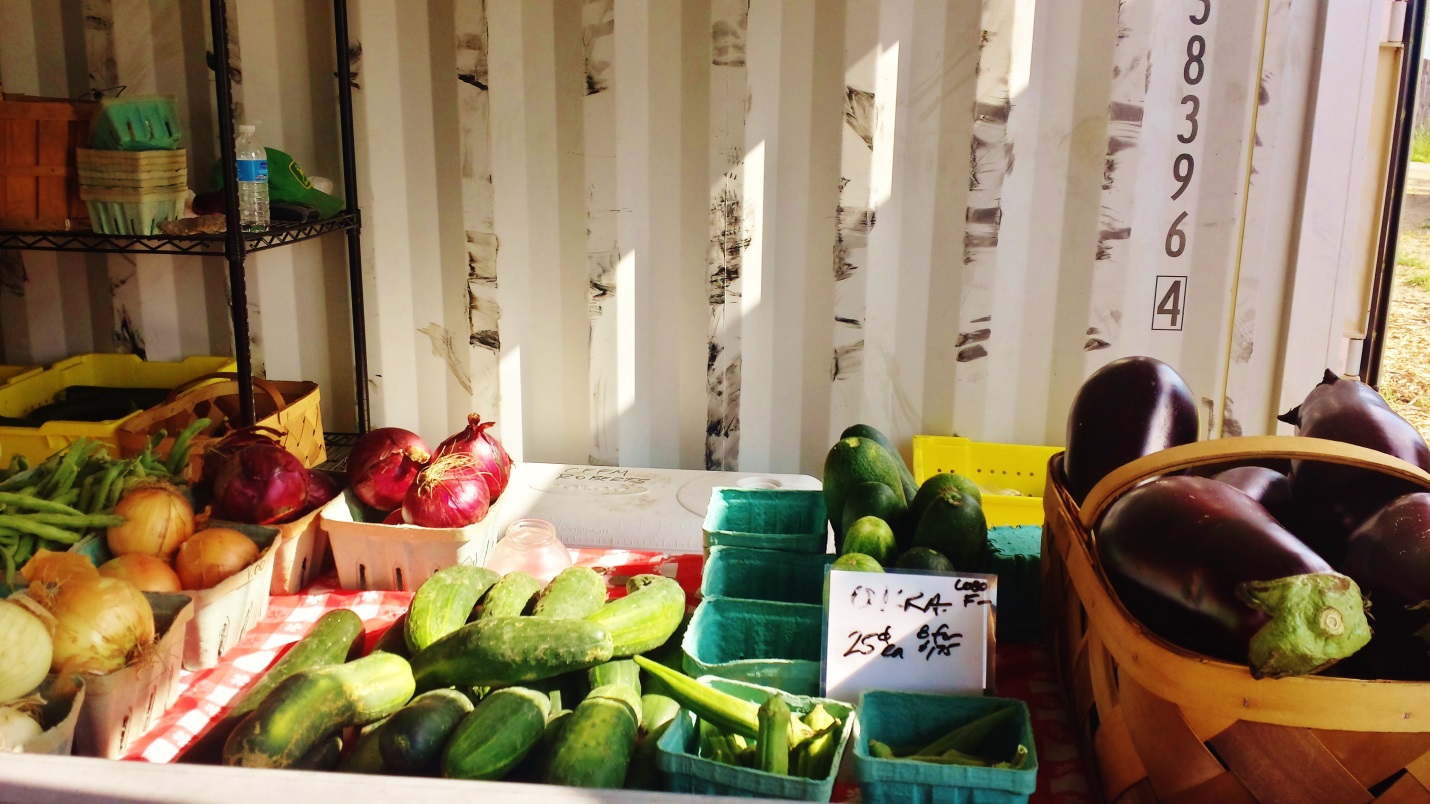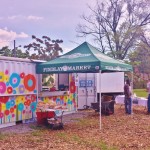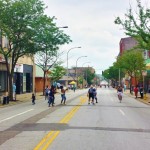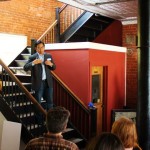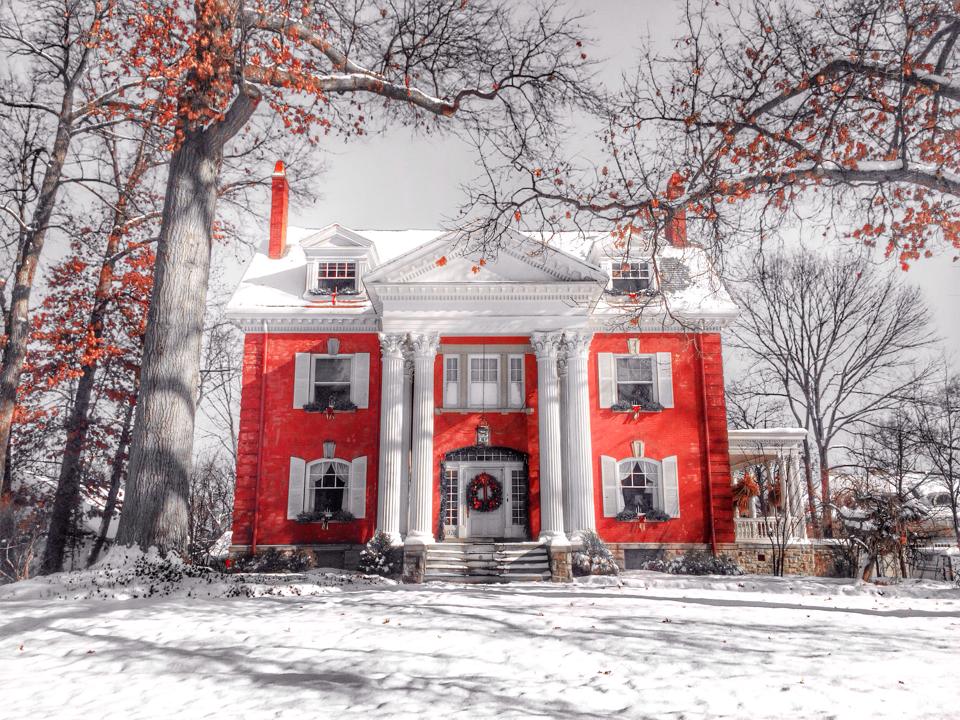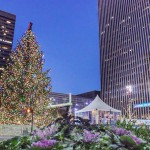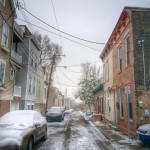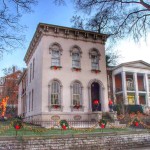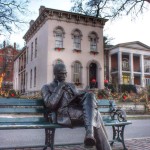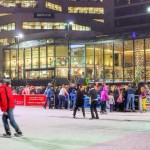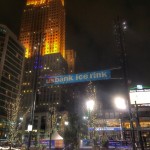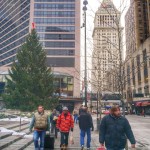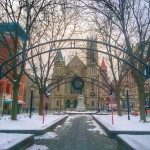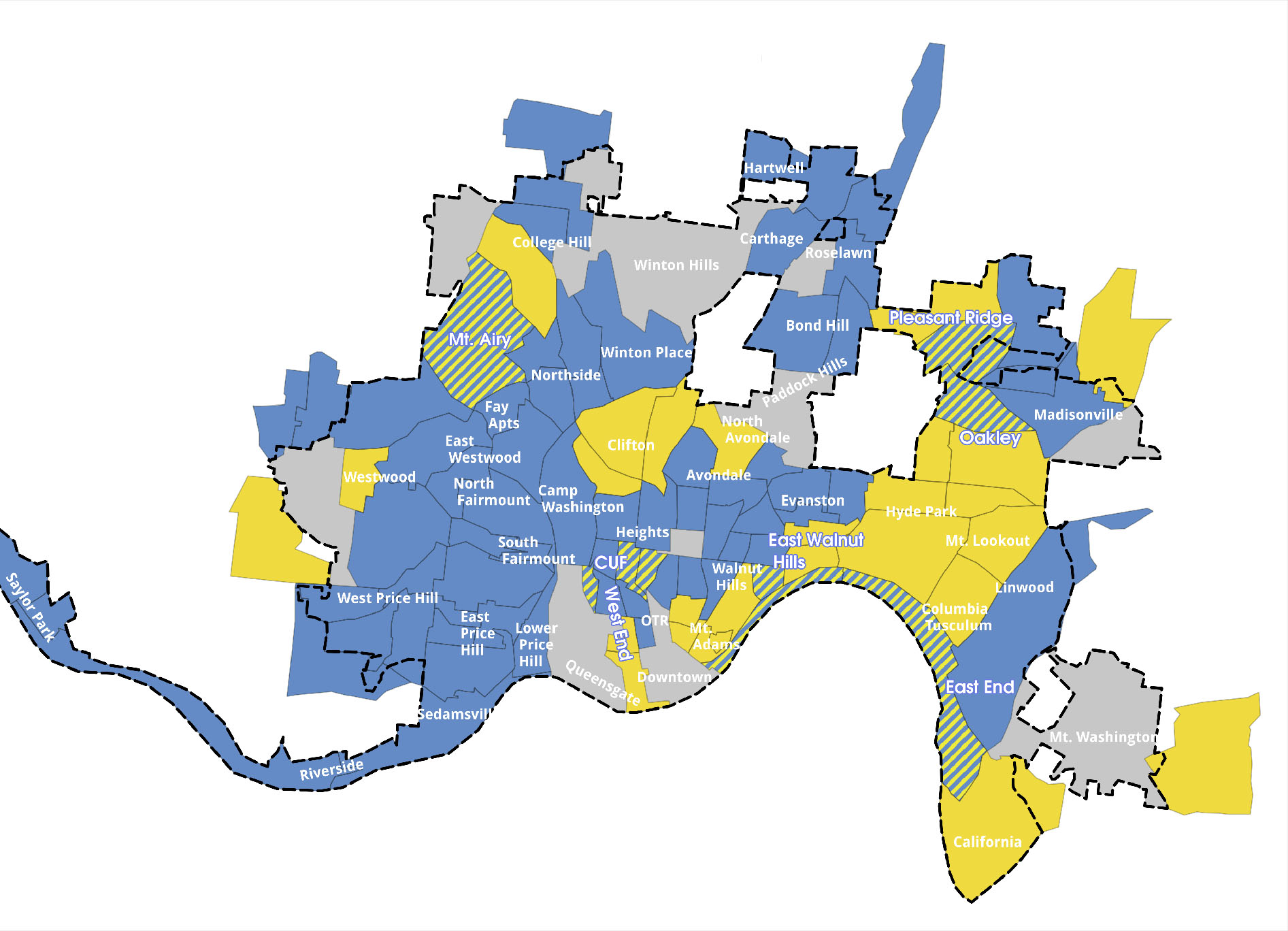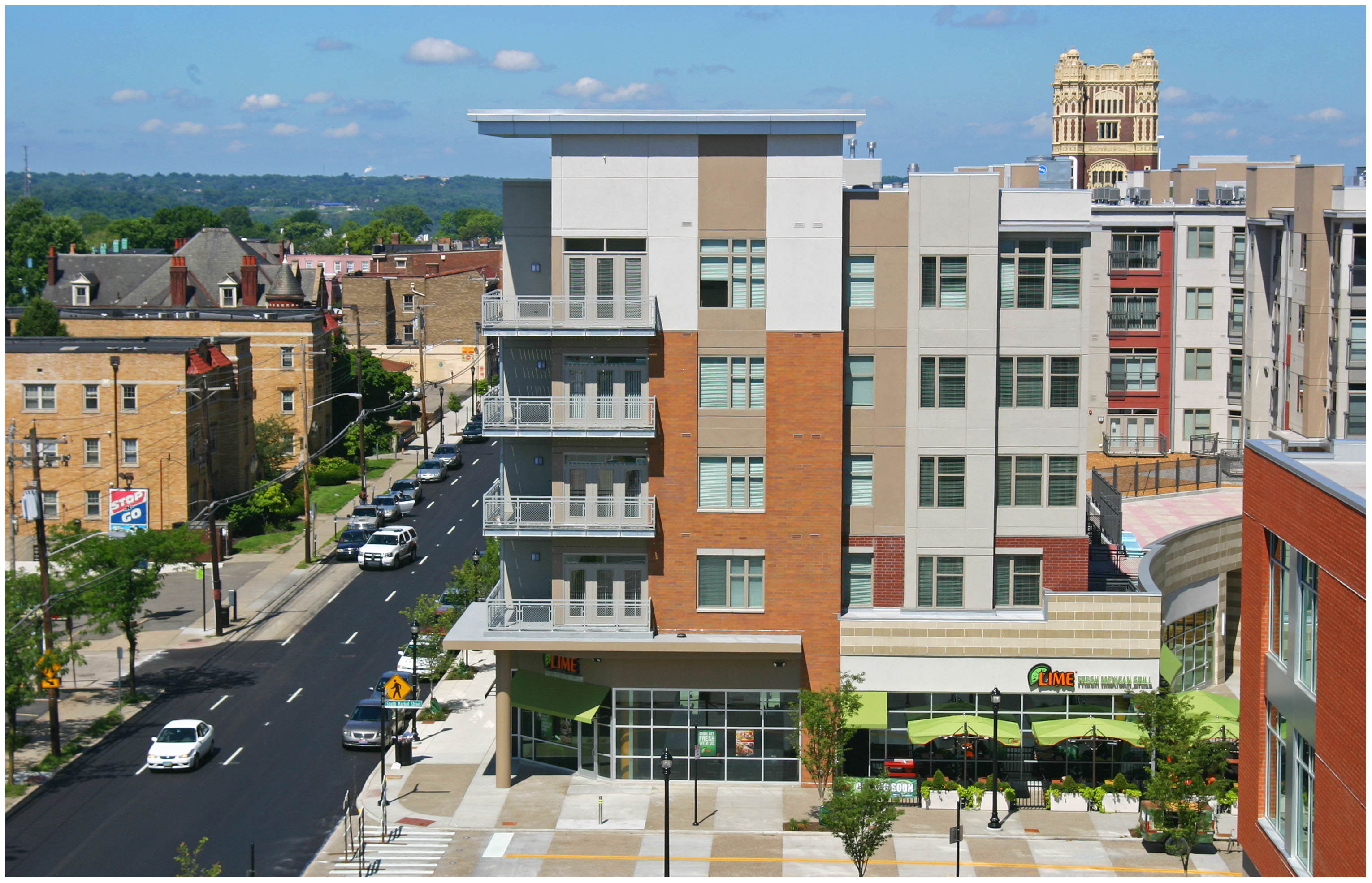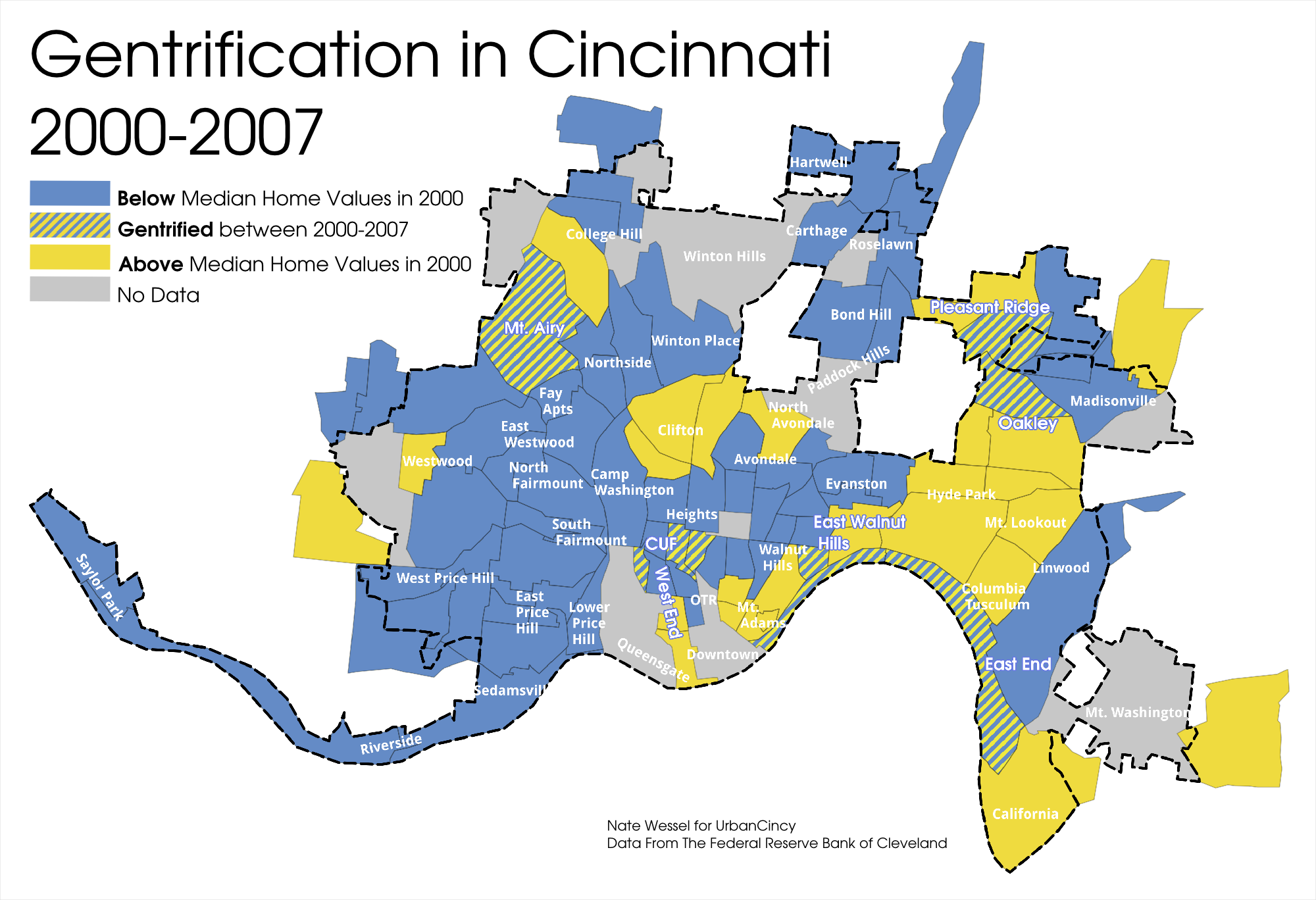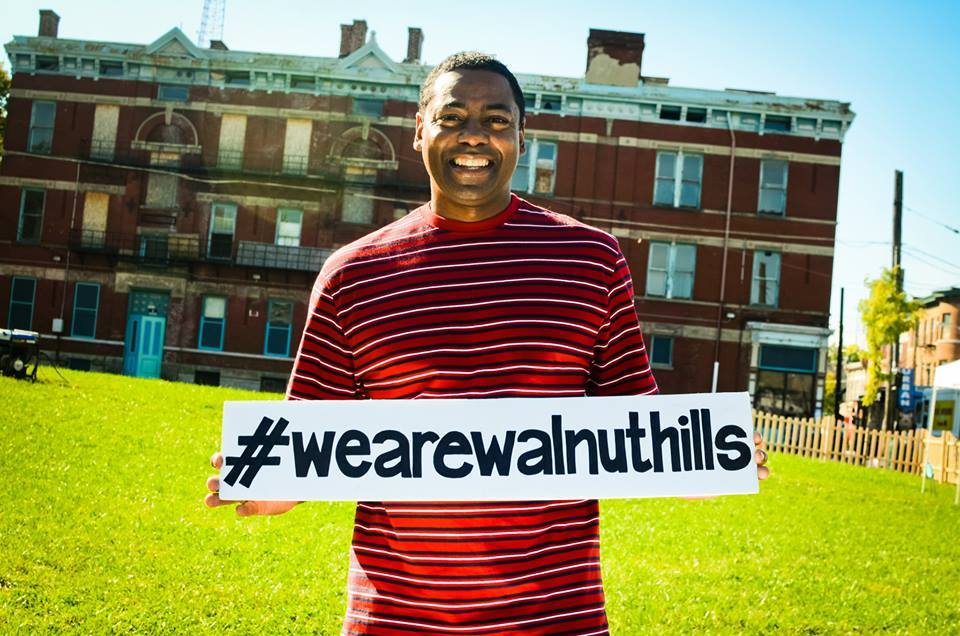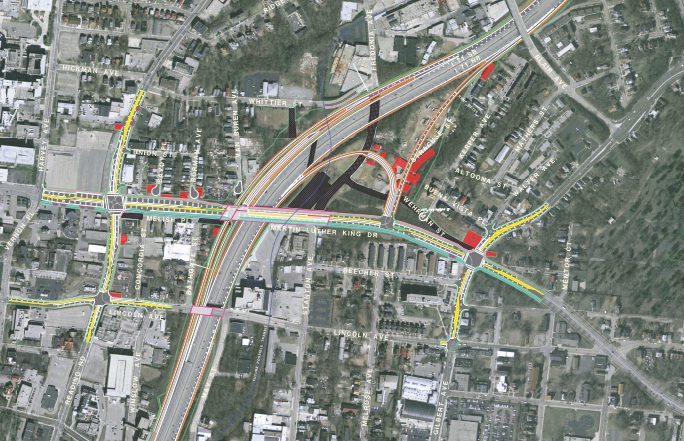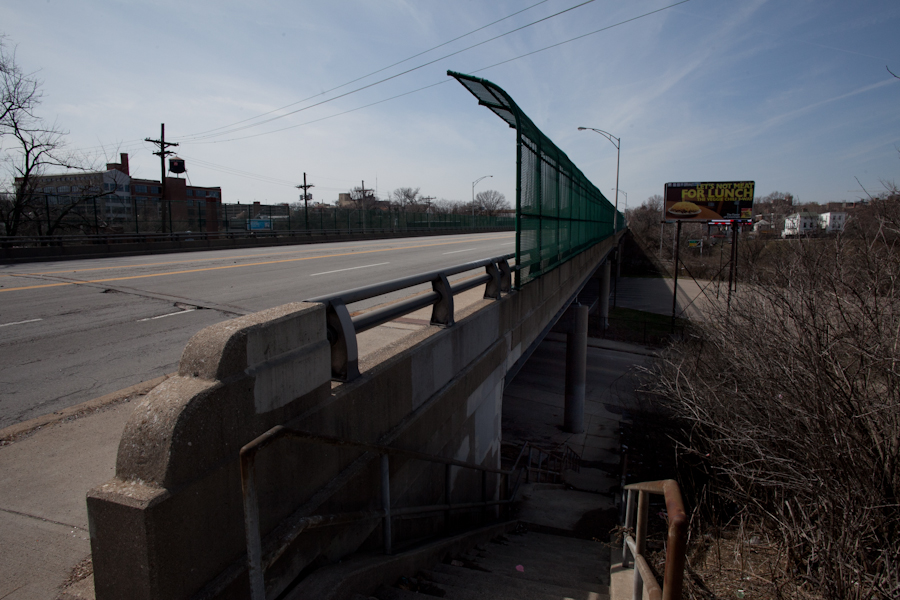It has been an eventful summer Walnut Hills following the assignment of two grants for neighborhood ventures, kickoff of the Findlay Market Farmstand and Cincy Summer Streets events, as well as a host of other neighborhood events.
UrbanCincy last reported about the rehabilitation of the Samuel Hannaford-designed firehouse, and leasing of the ground floor commercial space by Fireside Pizza in June, and the We Are Walnut Hills Festival in May. Since then, the Walnut Hills Redevelopment Foundation (WHRF) has moved into the summer months with full roster of projects and activities.
The Findlay Market Farmstand began in early June with a variety of fresh, seasonal produce, all from within a 100-mile radius. Funded through a Healthy Initiatives Grant by Interact for Health, attendance was strong at the first Findlay Market Farmstand, but the WHRF says they will be going door-to-door within the neighborhood to ensure that all residents know where and when the farm stand will be open.
“Passersby and residents need to support the farmstand for it to be financially viable,” said Thea Munchel of the Walnut Hills Redevelopment Foundation. “We wanted to ensure that it would be in a space that would attract the neighborhood residents while also interesting people passing through.”
Organizers say that the farmstand will be open, going forward, on Thursdays from 4pm to 7pm at 767 McMillan Street, next to the aforementioned Firehouse. In addition to the produce offerings, they say there will be music, grilling, cooking classes and other rotating activities to build a sense of engagement.
It should be noted, however, that this is not the only, or even first, location for Findlay Market’s outreach into the city’s neighborhoods. Ohio’s oldest public market also sets up farmstands in East Price Hill and Westwood.
In addition to the Healthy Initiatives grant, the WHRF has partnered with Fifth Third Bank to create what they are calling the THRIVE Grant, which provides $3,000 to $15,000 to attract established businesses to the Peeble’s Corner business district. Angst Coffee is the first recipient of the grant, and is expected to open at 2437 Gilbert Avenue this fall. Built in 1890, and featuring exposed brick, warm colors and modern interior finishes, owners expect the space to be ideal for a coffee house.
Cincy Summer Streets, an open streets celebration, kicked off in Walnut Hills this past weekend as well. The event closed McMillan Street between Gilbert and Woodburn, and Woodburn between McMillan and Madison Road to automobiles, while opening the street up for biking, walking, dancing, art-making and fitness classes.
The event was meant to, and did, breathe new life into the streets with residents of all ages, mingling and enjoying the unseasonably mild weather. The Walnut Hills Area Council, Walnut Hills Redevelopment Foundation, East Walnut Hills Assembly, Art on the Streets, and the City of Cincinnati organized the event, while sponsorship came from The Carol Ann and Ralph V. Haile, Jr./U.S. Bank Foundation and Interact for Health.
Both Cincy Summer Streets and the Findlay Market Farmstand are examples of how the Walnut Hills community is embracing tactical urbanism as a way to transform itself.
To build on all this activity, neighborhood leaders will be preparing over coming weeks for the City of Cincinnati’s award-winning Neighborhood Enhancement Program (NEP), which will kick off in Walnut Hills on August 15. But for those looking to score some fresh produce from area farmers – you can do that at the next Findlay Market Farmstand set up in Walnut Hills this Thursday from 4pm to 7pm.
